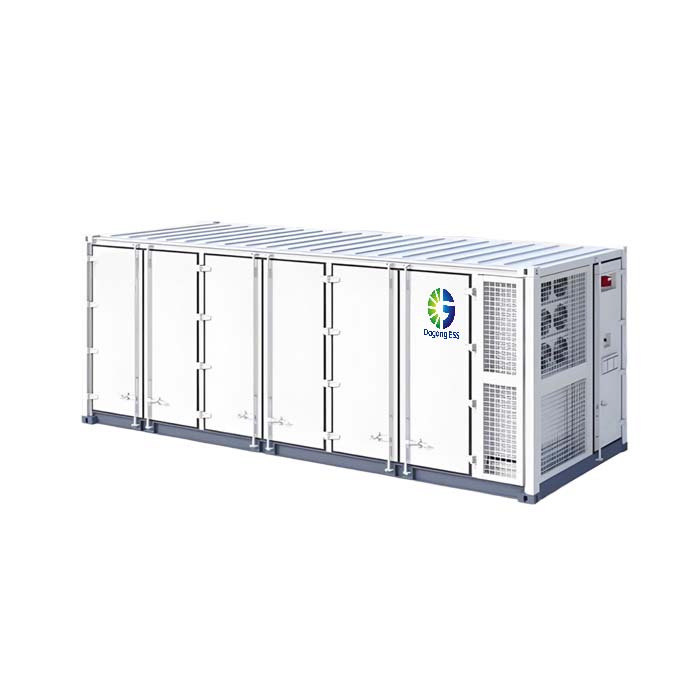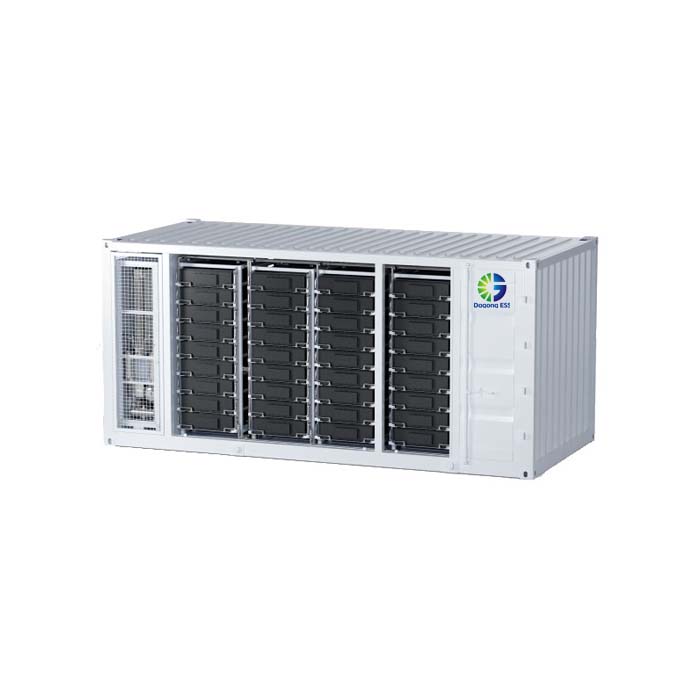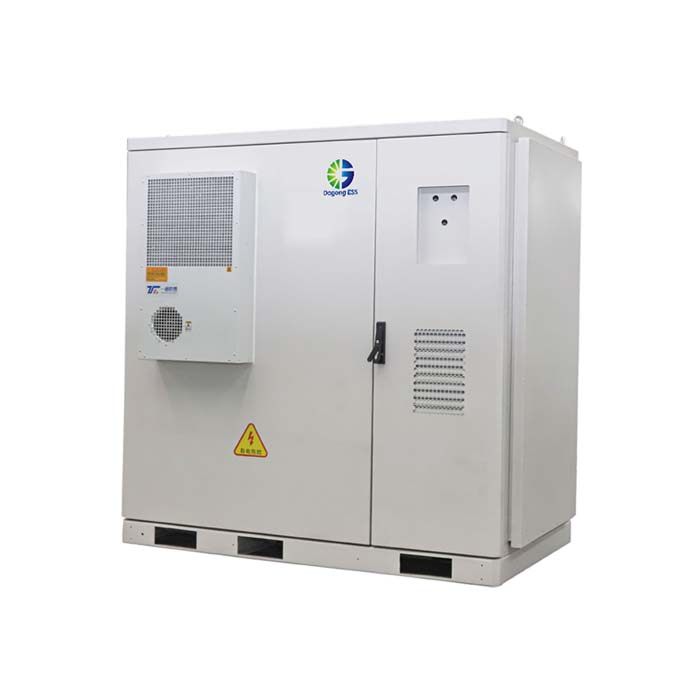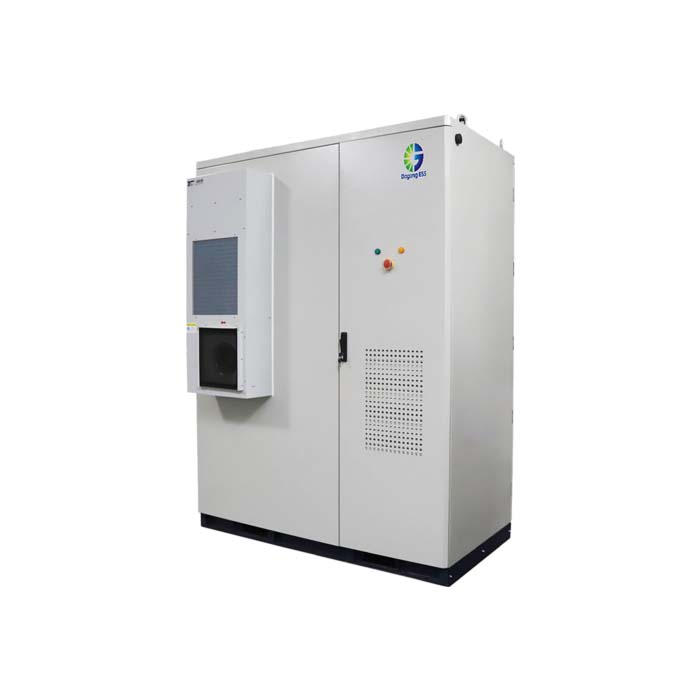How to Choose the Right Energy Storage Battery Parameters and System Capacity?
What Are the Key Parameters of Energy Storage Batteries?
When selecting an energy storage battery, understanding its physical, electrical, safety, and environmental parameters is essential.
1. Installation Parameters
Weight & Dimensions: Evaluate available installation space and load-bearing capacity—especially important for wall-mounted systems.
Installation Type: Floor-standing or wall-mounted? The installation method affects cost and complexity.
Protection Degree (IP Rating): A higher rating (e.g., IP65) allows for outdoor use and ensures better dust and water resistance.
2. Electrical Performance
Usable Energy: Refers to the energy that can be actually discharged, dependent on rated energy and Depth of Discharge (DOD).
Operating Voltage Range: Must match the battery input range of the inverter. A mismatch leads to system incompatibility.
Max Charge/Discharge Current: Determines how fast the battery can be charged or discharged, influenced by inverter port limits.
Rated Power: Should match or exceed the inverter's full load power for optimal system performance.
3. Safety Considerations
Cell Type: Lithium iron phosphate (LFP) is currently favored over NCM due to its higher thermal stability and cycle life.
Warranty: Check the coverage, duration, and service terms. A standard warranty is 5–10 years for premium batteries.
4. Environmental Tolerance
Operating Temperature: Critical for system stability; e.g., LFP batteries typically support -20°C to 50°C.
Humidity & Altitude: High humidity or high-altitude environments require batteries with specific design tolerances.
What Is Installed Capacity?
To design an efficient energy storage system, understanding how to calculate installed capacity is fundamental.
1. Nominal Capacity
A battery's installed capacity is usually calculated based on its rated or nominal capacity. For example, a 2.5MW/5MWh system typically includes:
Cell: 280Ah, 3.2V LFP cells are widely used in energy storage stations.
PACK Configuration: 16 cells in series (1P16S) form a PACK, resulting in 51.2V and 14.336kWh.
Battery Cluster: 25 PACKs in series reach 1280V and 358.4kWh per cluster, matching the 1500V DC system design.
Battery Rack: A set of 7 clusters connects in parallel to a PCS (Power Conversion System), forming a 1.25MW/2.5MWh battery rack.
Battery System: Two racks are connected in parallel on the AC side, delivering a total of 2.5MW/5MWh.
These modular designs allow flexible scaling based on project requirements.
What Other Safety Factors Should Be Considered in an Energy Storage System?
SOC (State of Charge): Indicates remaining battery energy.
SOH (State of Health): Measures battery aging and performance degradation.
DOD (Depth of Discharge): The percentage of capacity discharged relative to total capacity.
BMS (Battery Management System): Manages charging, discharging, and protection.
EMS (Energy Management System): Controls the overall operation of the ESS.
Environmental Monitoring System: Tracks temperature, humidity, smoke, water leaks, and more.
Applications of Energy Storage System?
1. Household Energy Storage
Paired with Solar PV Systems: Store excess solar power generated during the day for use at night, increasing self-consumption.
Backup Power Supply: Provide uninterrupted power during grid outages.
Peak Shaving and Valley Filling: Charge during off-peak hours and discharge during peak hours to save on electricity bills (applicable in time-of-use pricing regions).
2. Commercial & Industrial Energy Storage
Reduce Demand Charges: Lower maximum power demand to cut down on electricity costs.
Load Management & Energy Optimization: Shift and balance energy usage to improve efficiency and reduce cost.
Emergency Backup: Ensure power reliability and avoid production losses due to outages.
Power Quality Improvement: Improve power factor and mitigate voltage fluctuations and harmonics.
3. Utility-Scale Energy Storage
Peak Shaving and Frequency Regulation: Respond quickly to load fluctuations and maintain grid stability.
Renewable Energy Integration: Smooth out fluctuations from wind and solar energy.
Grid Infrastructure Deferral: Reduce the need for transmission line expansion by using localized storage.
Black Start Capability: Provide initial power to restart power stations after a complete outage.
4. Mobile & Portable Energy Storage
Outdoor Power Supply: Used for camping, outdoor construction, etc.
Emergency Power for Disaster Relief: Provide temporary power in remote or disaster-affected areas.
5. Microgrids and Off-Grid Systems
Off-Grid Power Supply: Deliver stable electricity to remote areas without grid access (such as islands or mountains).
Microgrid Optimization: Combine local generation (PV, wind, etc.) with storage to enhance energy independence and system stability.
Price of Energy Storage System
The price of Energy Storage System is based on EXW (Ex Works) terms and may vary depending on the supplier, quantity, and market conditions. To get the most accurate pricing, it is recommended to request a quote from a reputable energy storage system supplier. Please note that the final costs may vary based on fluctuations in raw material prices and exchange rates.
Dagong ESS (Dagong New Energy): Your Trusted Supplier of C&I Distributed Energy Storage System
Dagong ESS (Dagong New Energy) specializes in providing comprehensive solutions for new energy intelligent equipment. We offer reliable, efficient, and scalable energy storage solutions tailored to meet the needs of various industries. Our C&I Distributed Energy Storage System products are designed with cutting-edge technology, ensuring high performance, safety, and durability.
In addition to containerized energy storage systems, Dagong ESS provides a wide range of products, including residential energy storage systems, commercial energy storage solutions, and portable power stations. Our team of experts is committed to delivering innovative energy storage solutions that help businesses and communities achieve energy independence and sustainability.
If you are looking for C&I Distributed Energy Storage Systems or want to know more about our technical information, feel free to reach out to us by sending an inquiry to our corporate email at sales@dagongess.com, or simply visit the "Contact Us" page on our website to leave your message. We will respond to you promptly.








